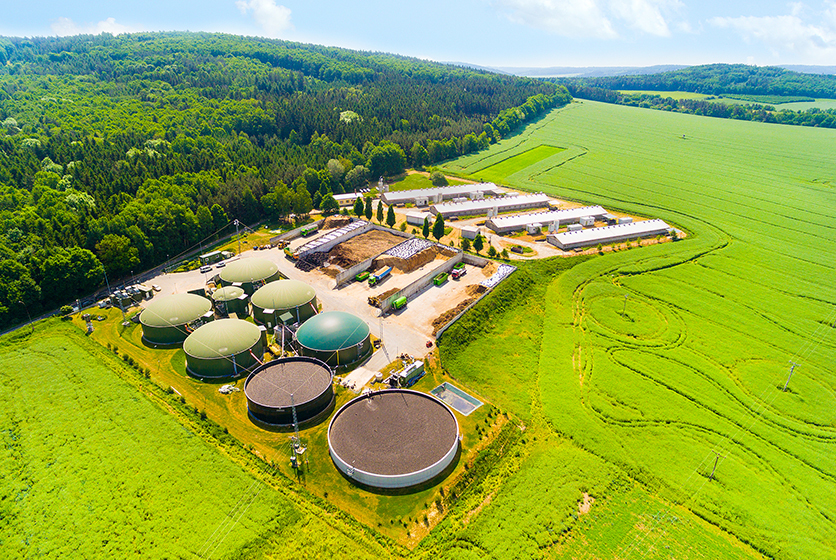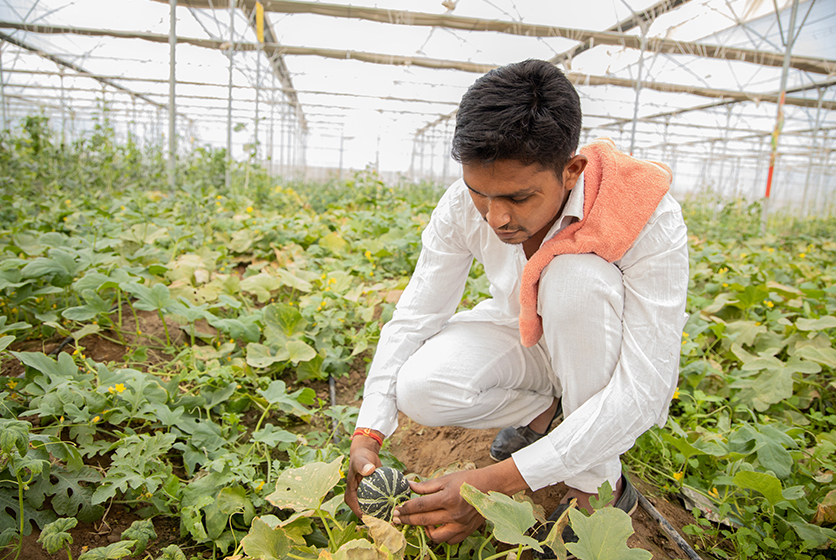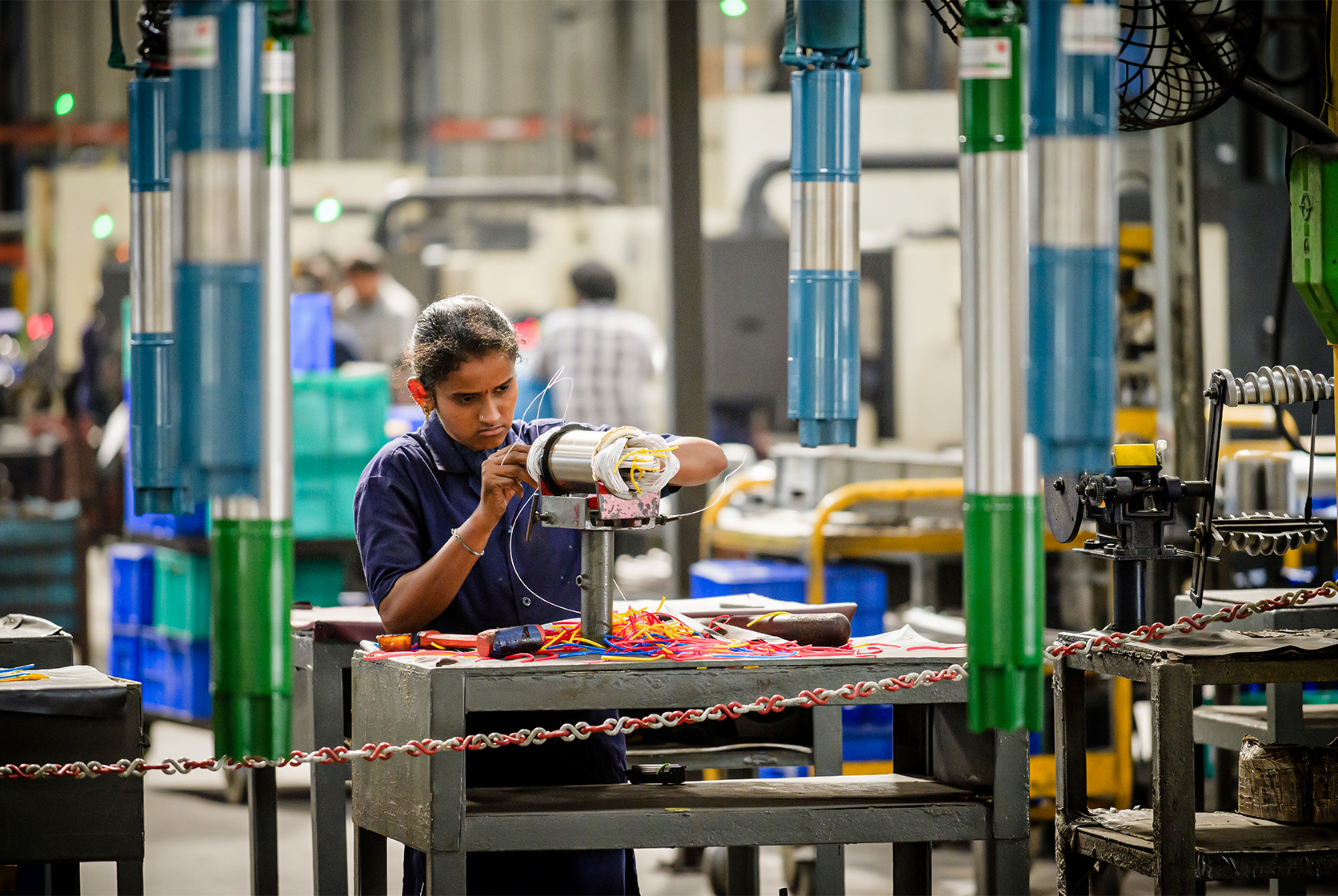Regenerative Farming in India
There are different kinds of methods to sustainable farming. With ever-growing awareness on the need to conserve resources and promote healthier eating habits, individuals and farmers are exploring methods and approaches such as:
- Organic farming
- Nuclear technology
- Agroforestry
- Biofertilizers and so on
One interesting approach to agriculture is regenerative farming.

What is regenerative farming?
It is often used as an umbrella term for different ways in which farmers can help:
- Protect and increase biodiversity
- Improve soil fertility and health
- Regenerate topsoil
- Biological sequestration
- Collect and conserve seed
Simply put, regenerative agriculture helps in making a positive impact on the global ecosystem.
Core principles
Depending on the location and types of crops being grown, a farmer can practice regenerative agriculture by incorporating all or a few of the following methods:
- Organic farming
- Crop rotation
- Composting
- Permaculture
- Biochar
- Managing grazing habits of livestock
- No-till policy
- Using cover crops
- Seed saving to name just a few
Each method has specific advantages to offer. For instance, moving cattle around judiciously prevents overgrazing of land and allows the vegetation to increase naturally. No-till method reduces soil erosion and helps water to percolate into the soil as well.
Adoption of these methods results in benefits such as healthier and ‘stronger’ soil that is climate resilient and has the ability to retain captured carbon. This is also known as biological sequestration or biosequestration which promotes the storage of carbon in plants.
The carbon ‘element’
It is interesting to note that much of regenerative farming work is centred around carbon. Soil that is rich in carbon is not only healthier but is also capable of retaining larger amounts of water. This carbon-rich soil also helps plants with greater amounts of nutrients. With regenerative agriculture, a farmer actually helps capture carbon from the atmosphere and sequester or ‘lock’ it into the soil.
Take for instance, the use of organic compost - this fertilizer does not depend on traditional manufacturing which goes into making chemical fertilizers.
Furthermore, compost can simply be added to the top soil to help plants. Biochar is a material that is rich in carbon. Adding it to soil creates a nutrient-loaded ecosystem for crops.

Regenerative agriculture in India
Kerala is seeing success in this sphere. With the knowledge of Vriksha Ayurveda; an ancient system of knowledge on agriculture science; and Agro Ecological Farming Systems (AEFS) the state is aiming to make sustainable farming the norm rather than an exception. 84,000 hectares of land is slated for conversion to eco-friendly cultivation.
Madhya Pradesh’s cotton farmers are working with CottonConnect and receiving training and support for using methods such as green manuring, silvopasture and cover cropping to try growing different types of crops and in using GMO-free seed for regenerative cotton crop.
There are various ways in which farmers can shoulder the onus of growing healthy food in an earth-friendly manner and surely we, as consumers of agriculture produce, can do our bit in supporting the adoption and development of gentle methods like regenerative agriculture which are hoping to take agriculture back to its deep connection with Mother Nature.



